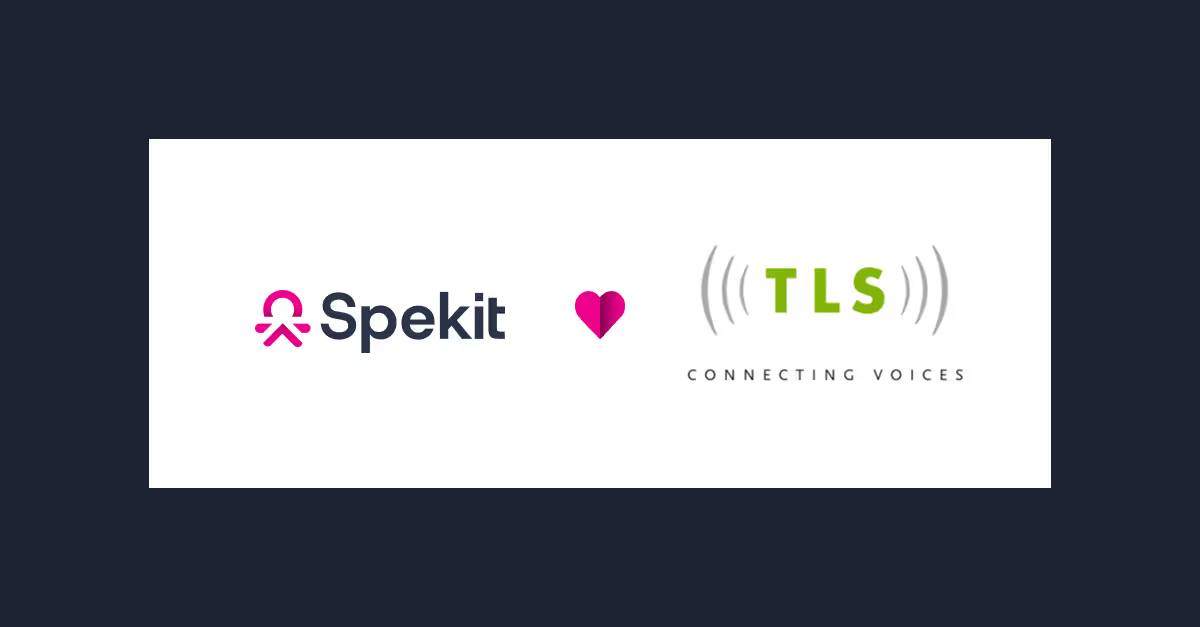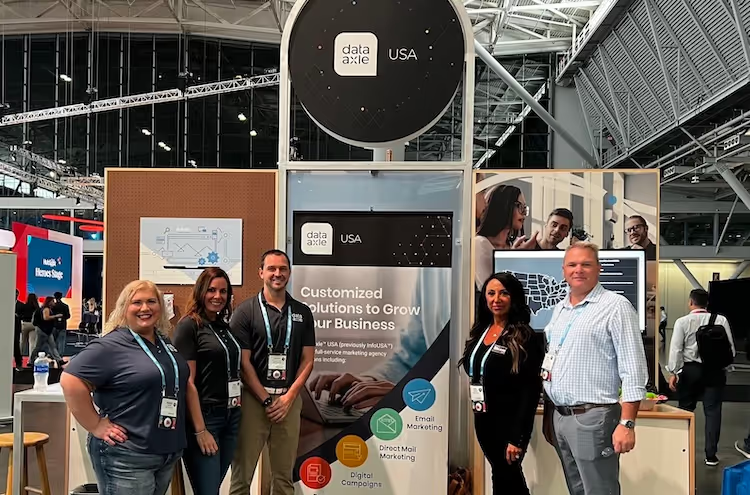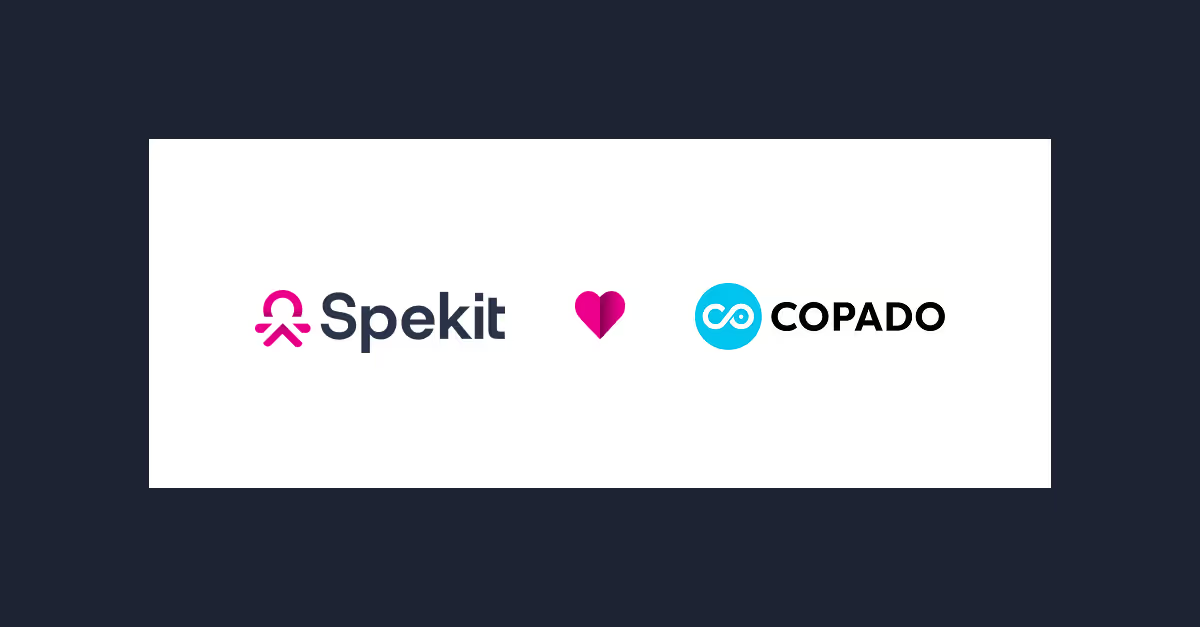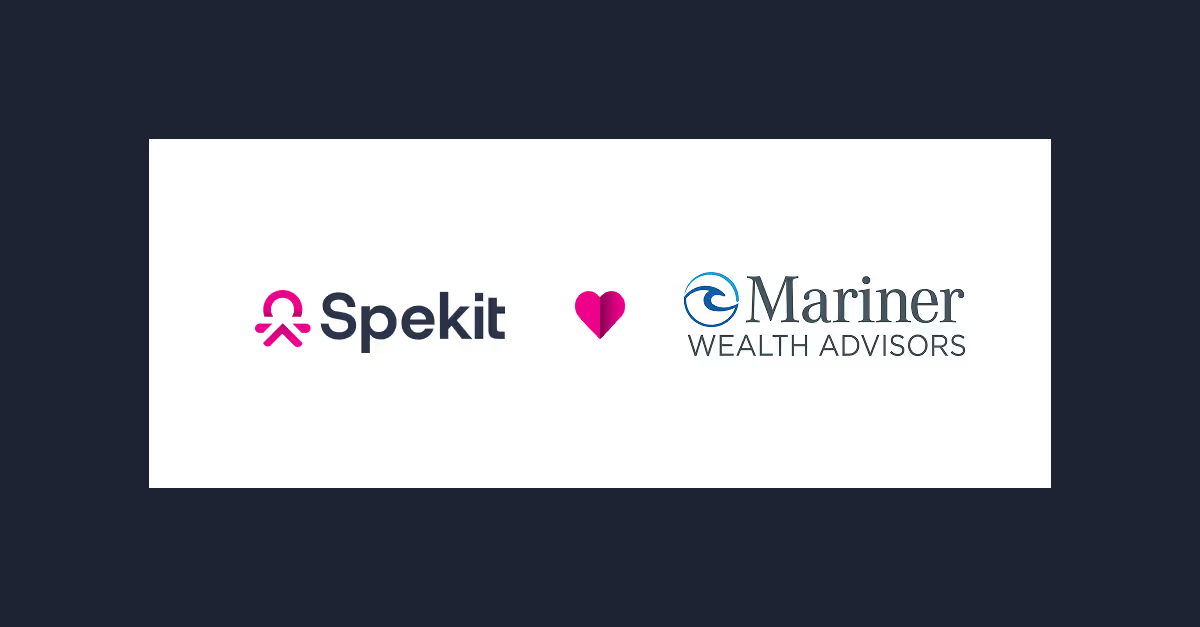
Customer stories
Inspiring stories, remarkable impact
Faster sales cycles, dramatically decreased ramp times, promotions, and more. Meet the teams embracing the future of enablement with Spekit.

























How
ZoomInfo
unlocked millions in pipeline
ZoomInfo tripled engagement and recovered millions in pipeline by using Spekit to deliver just-in-time enablement, driving rep efficiency and revenue impact.
3X
engagement on key process updates
Eight
figure pipeline boost from a single change initiative led with Spekit
1100
opportunities created






Customer Stories
AI-powered enablement that works where your reps work
Instantly empower your reps with everything they need to succeed, at their fingertips, the moment they need it.






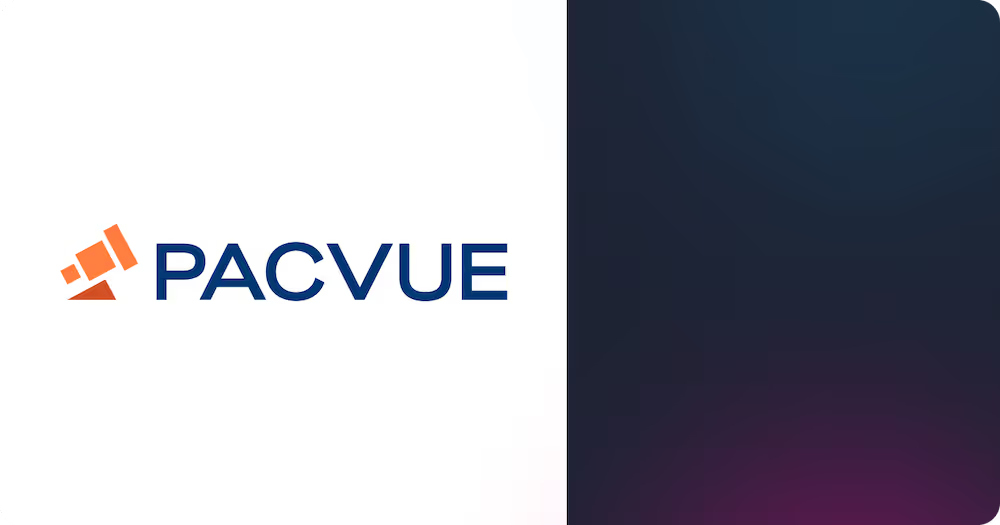






.svg.avif)
